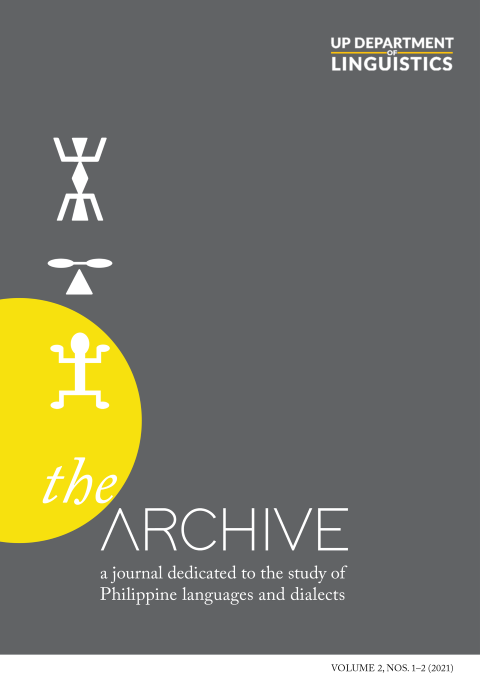Multiple Motivations for Preposing in Selected Philippine Languages
Abstract
When we speak of the word order of a given language, we look at transitive clauses with two lexical noun arguments, the A and the O (Thompson n.d.). Philippine languages have been analyzed to have predicate-initial basic word order in which a clause is typically verb-initial, followed by nominal or pronominal arguments. However, while a predicate-initial construction is seen as the typical pattern in any Philippine-type language, there are instances where arguments are placed in pre-predicate position. This movement is called preposing.
A preliminary study of Kana, a Cebuano dialect, has shown that it favors preposed constructions to fulfill certain functions which include but are not limited to: (a) clitic position and movement; (b) setting the scene in a discourse narrative; (c) listing of information; and (d) exclusive contrast. Moreover, the data show preference for the preposing of A-pronominals and predicate-medial word order tendencies. In this paper, we will examine this further, and demonstrate the implications of this preference in the word order of four (4) other Philippine languages, namely, Chavacano, Ilokano, Tagalog, and Waray.


